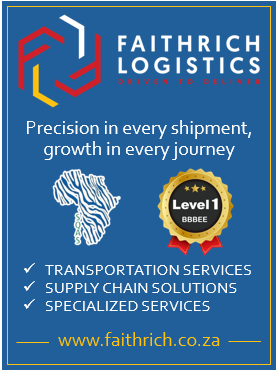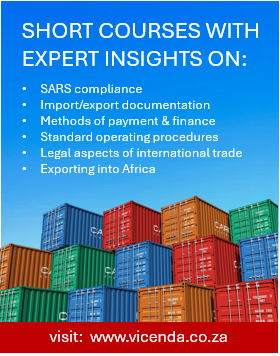Outsourcing is a powerful tool for organisations to support and adapt their operations in a changing world.

Our world, or how we knew it, has seismically shifted since 2020. It has emerged as one of the most challenging and unprecedented years in recent history. Globally, we are still responding and looking to recover from the health and economic challenges posed by the COVID-19 pandemic.
To aggravate the situation, additional disruptive events such as Brexit, the Suez Canal blockade, natural disasters, political unrest and other issues have further contrived to drive global supply chains towards their breaking point.
Notwithstanding the above-mentioned disruptive events, organisations face a rapidly evolving landscape, including regulatory changes, continuous advancements in technology and the adoption of more advanced approaches by authorities to enforce compliance with regulations.
As a result, organisations have incorporated outsourced partners to circumvent productivity challenges, streamline their operations and add additional resources that may have been lacking in-house. It is essential to mention that outsourcing is not a new or a novel approach. Its roots can be dated back to the 1980s.
Outsourcing started as a way to reduce operational costs. Over time, the primary purpose of outsourcing evolved, and in the 2018 Deloitte Global Outsourcing Survey, reducing costs was no longer the primary purpose to outsource. It was overtaken by faster time to market, flexibility to scale, competitive edge and better user experience.
However, if we fast forward to the 2021 version of the Deloitte Global Outsourcing Survey, the results indicate that reducing operating costs is becoming a critical factor once again. Organisations are now choosing their outsourcing partner based on the extent of cost reduction. This has been mainly attributed to the global economic uncertainty caused by the COVID-19 pandemic.
Concomitantly, this shift in outsourcing drivers highlighted the many gaps in organisations’ preparedness for disruptive times. Many organisations suspended operations whilst others saw their operations, sales and business relations diminish. Looking forward, there are opportunities and lessons to be learnt from this global disaster.
Outsourcing will play a significantly more strategic role in the short-term resilience and long-term growth of organisations. Traditionally, outsourcing focused on auxiliary activities to build capacity for an organisation to focus on its core operations. This promoted loose control over outsourcing partners. However, this approach was proven unsuccessful in the pandemic as supply chain outsourcing partners struggled to align themselves due to COVID-19 regulations and operational restrictions.
In light of this, the following areas warrant consideration in the context of future outsourcing arrangements:
- Realignment. There should be realignment with the overall outsourcing strategy and drivers. While the cost advantages of outsourcing will always be a significant attraction, organisations should increase their focus on creating more robust and resilient supply chains. Organisations should reconsider whether critical functions that may have been outsourced or offshored can be brought in-house or near-shored to local suppliers.
- Governance. Organisations should rethink their governance and control structures. Governance processes and mechanisms are often vital to the successful implementation and operation of outsourced arrangements. Organisations were forced to reduce some of their tight governance systems to fit the changing work environment, which was one of the themes that emerged early during the pandemic.
Being agile and flexible in this context was a benefit to these organisations. It would be beneficial for organisations to have a more flexible structure of governance and control that can be adjusted depending on the conditions and the environment in which the organisation operates. This would also encompass the development of strategic relationships with outsourcing partners.
- Contingency. Organisations should increase their contingency measures by investing resources in low probability, high impact incident planning that translates into variable performance obligations and pricing structures hard-coded into the outsourcing arrangement. This will enable clarity on performance and price expectations if similar future disruptive events occur.
In one of his novels, Robert Jordan wrote, “The oak fought the wind and was broken, the willow bent when it must and survived.” Likewise, the last year and a half has shaken the ground of many organisations. Outsourcing will remain a powerful tool for organisations to support and adapt their strategic goals in light of the changing ‘winds’.







